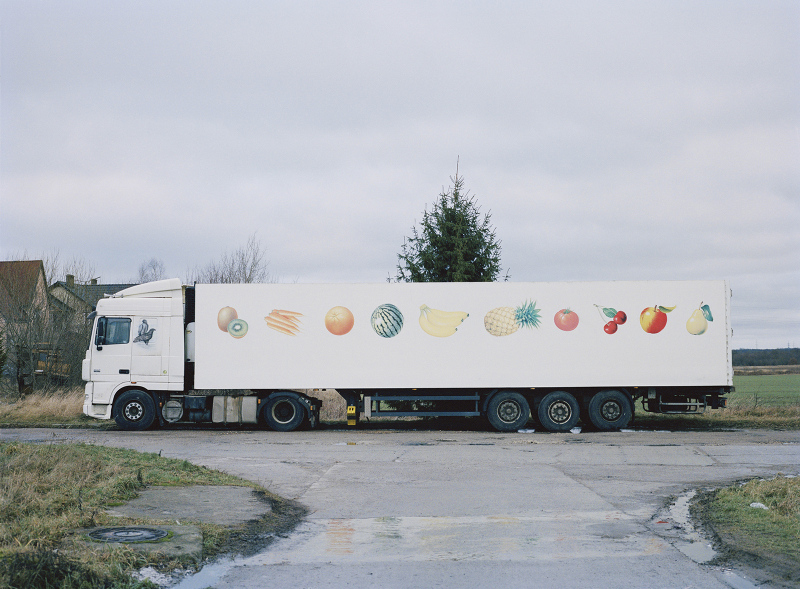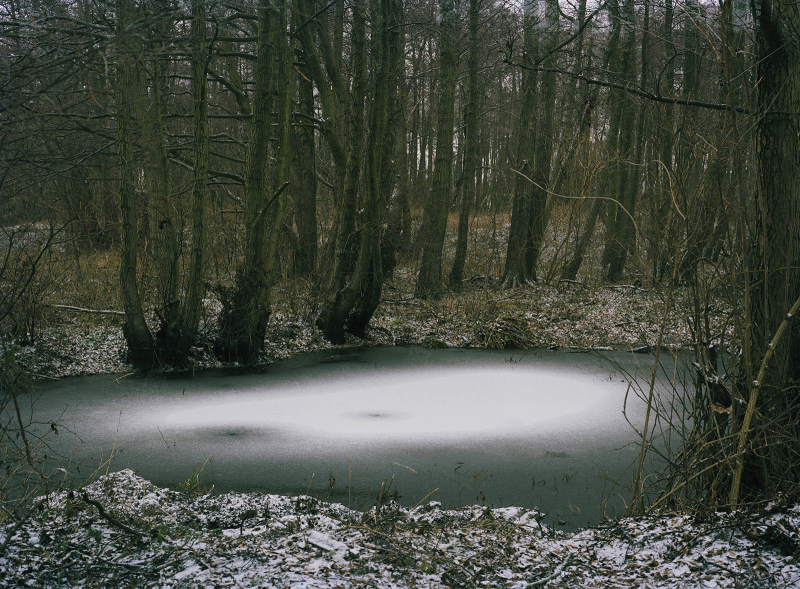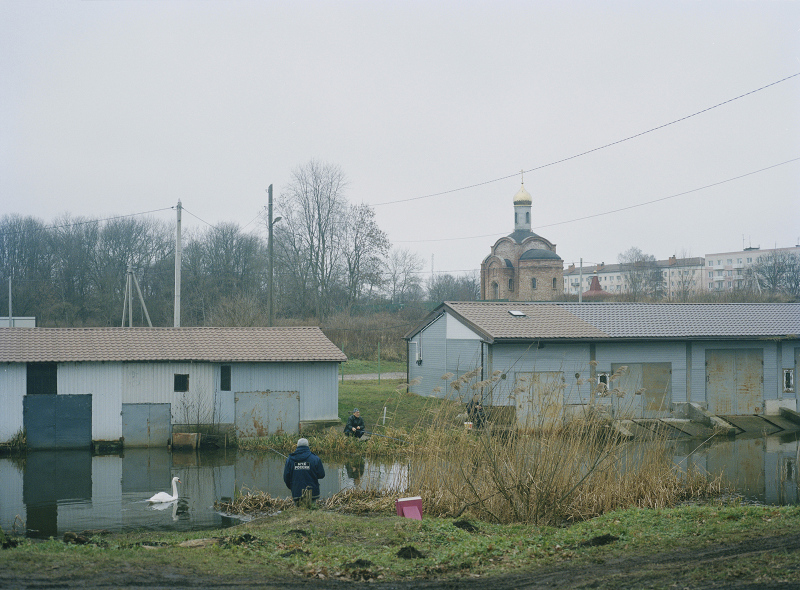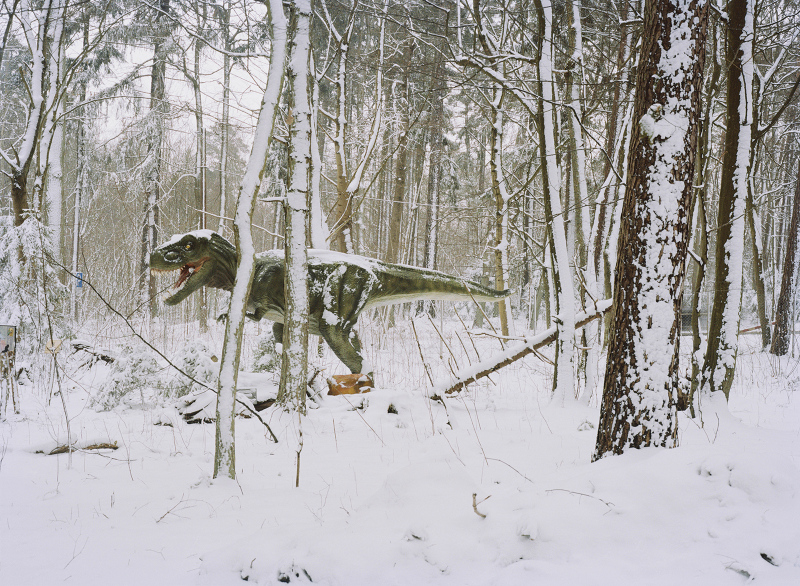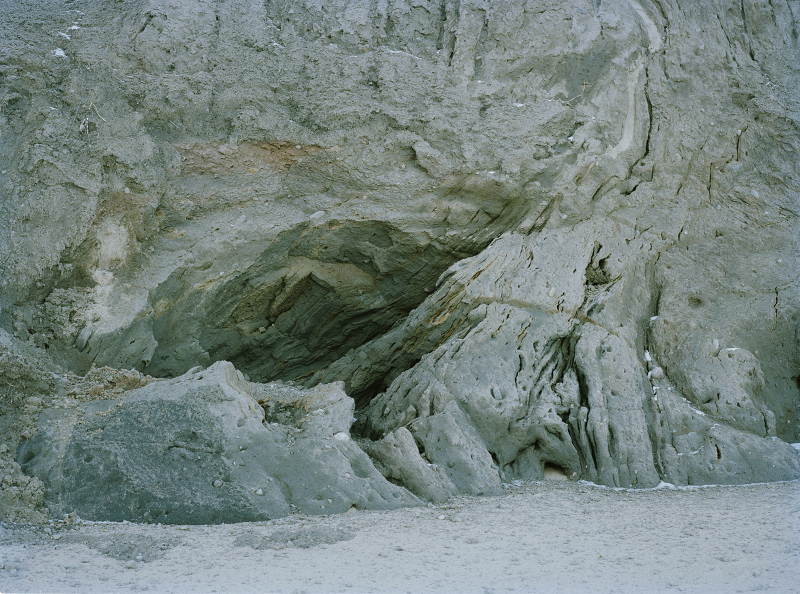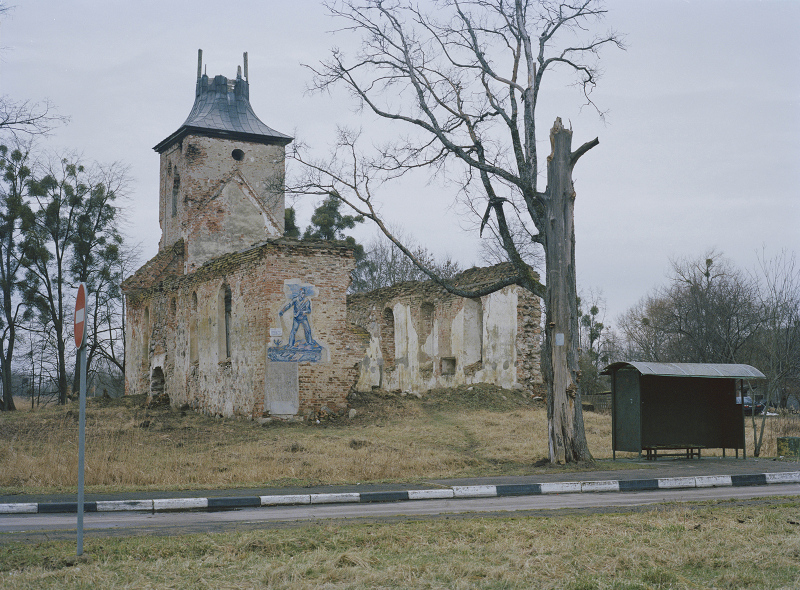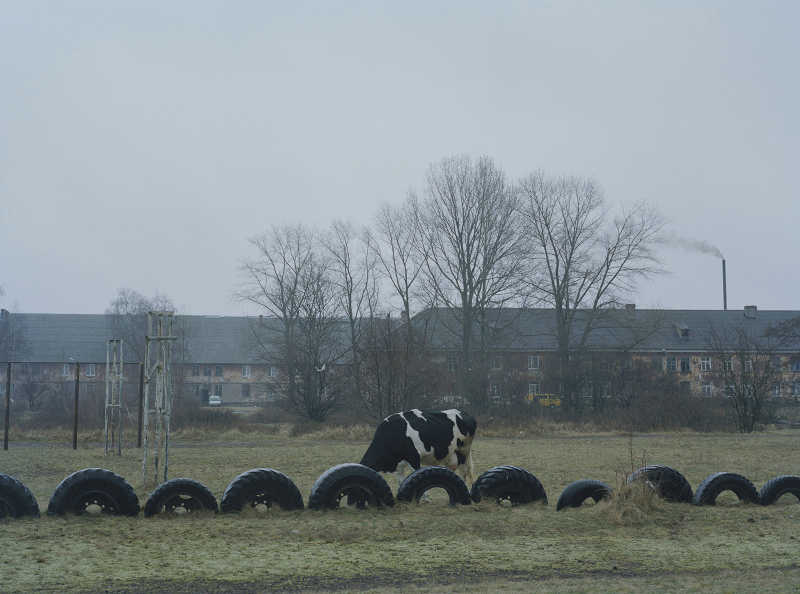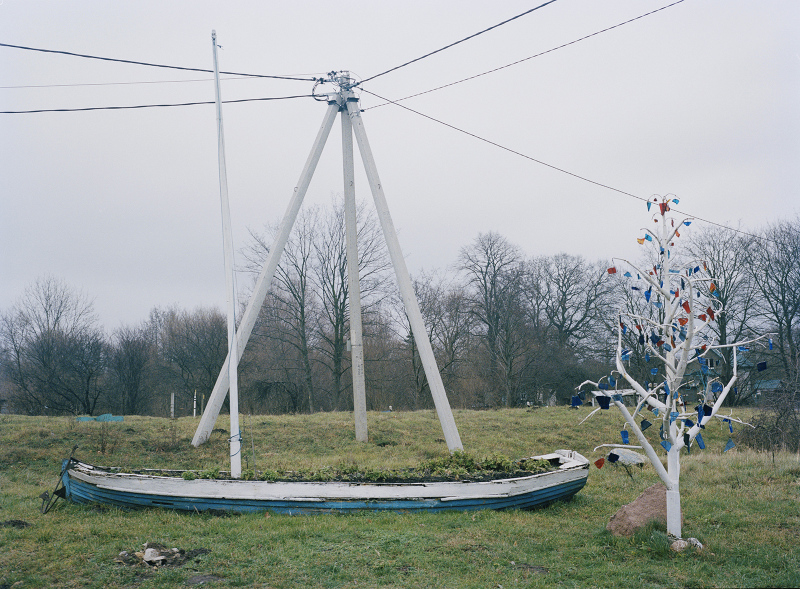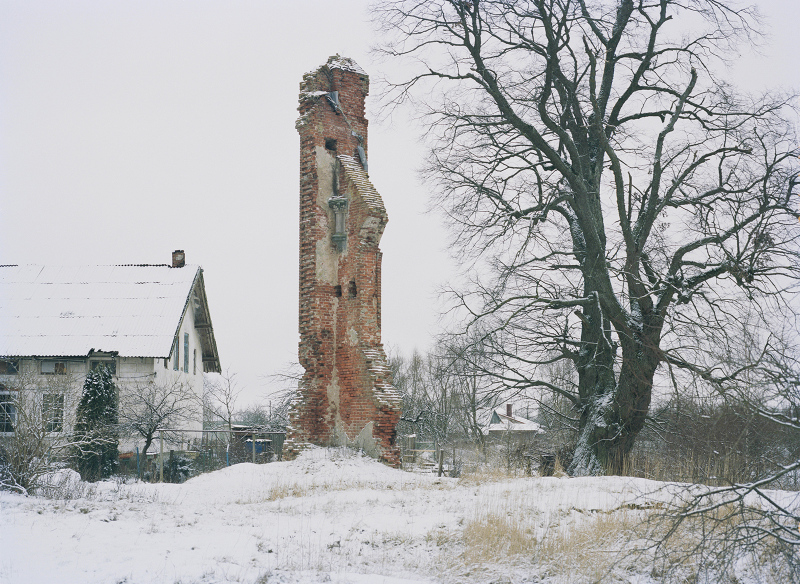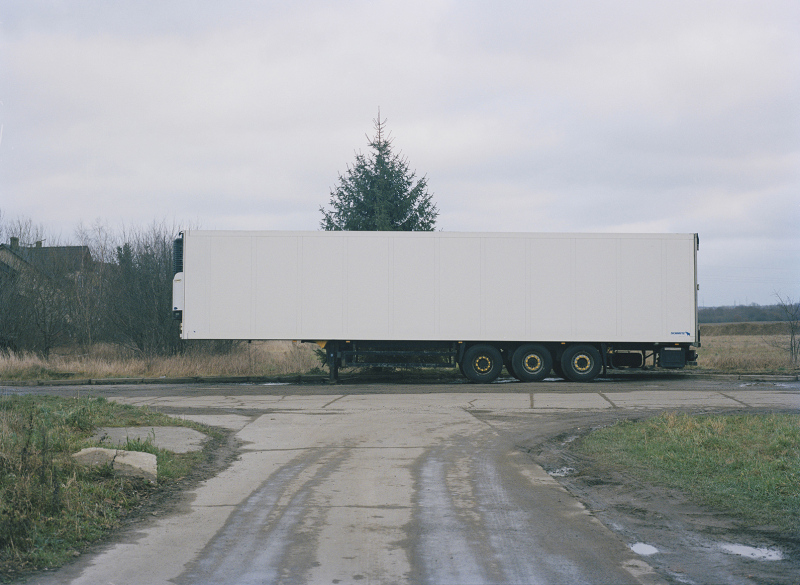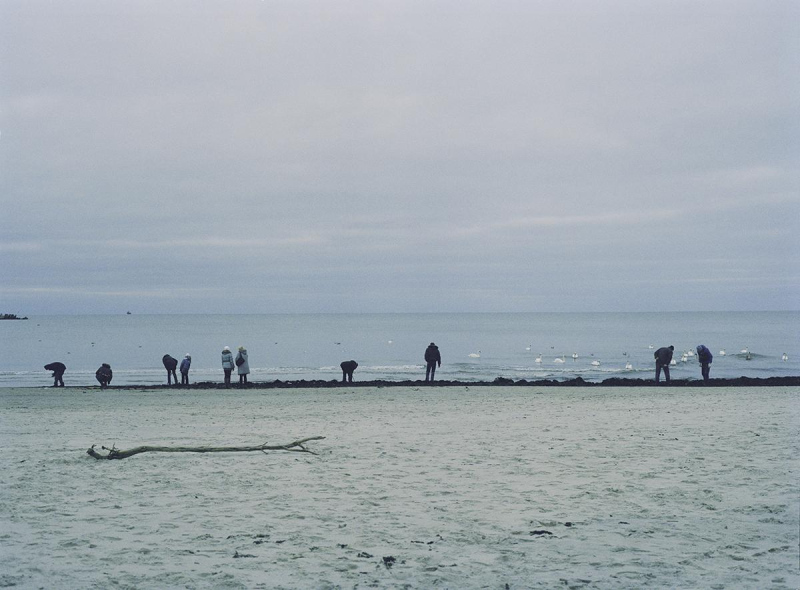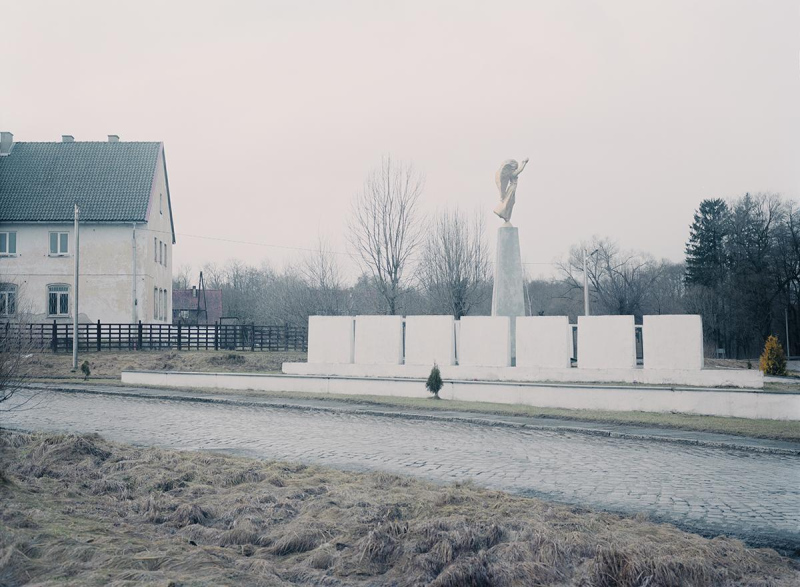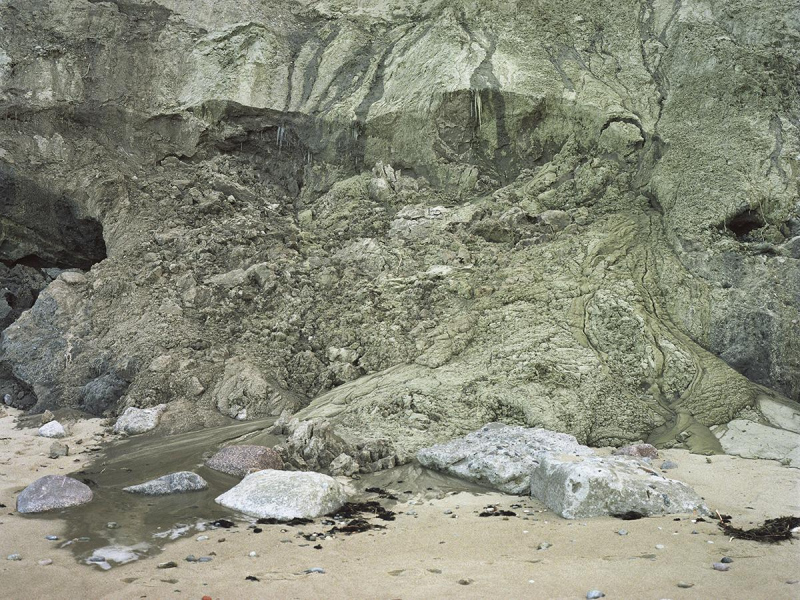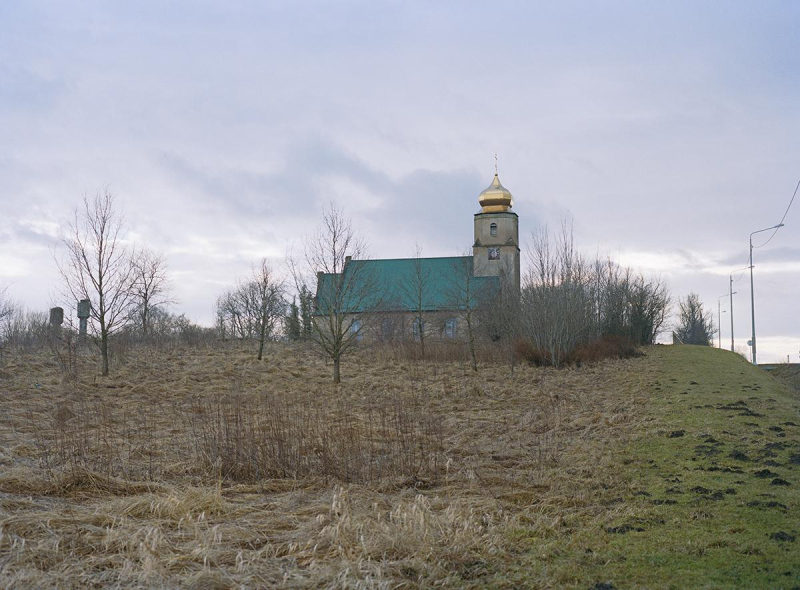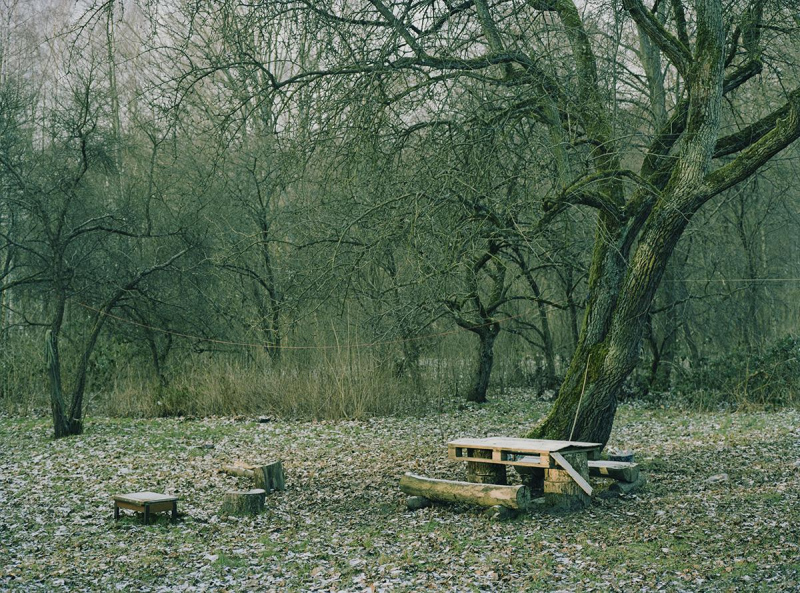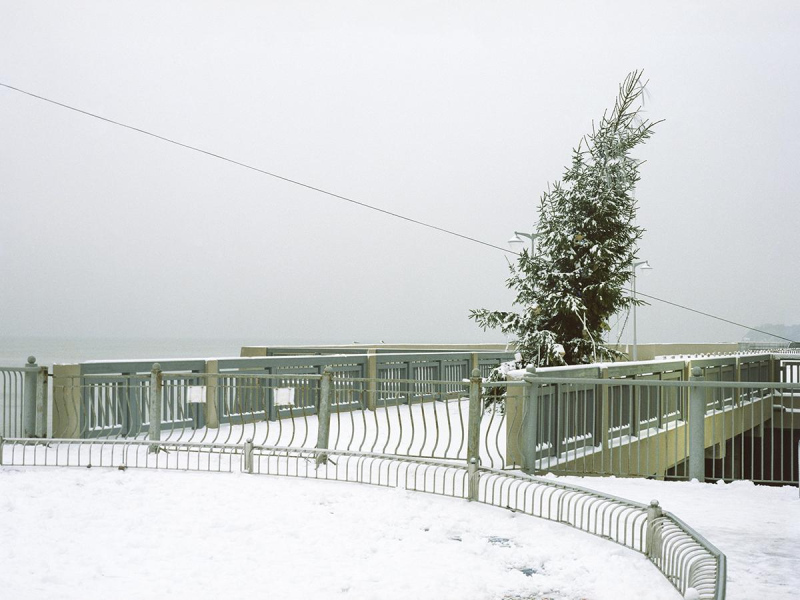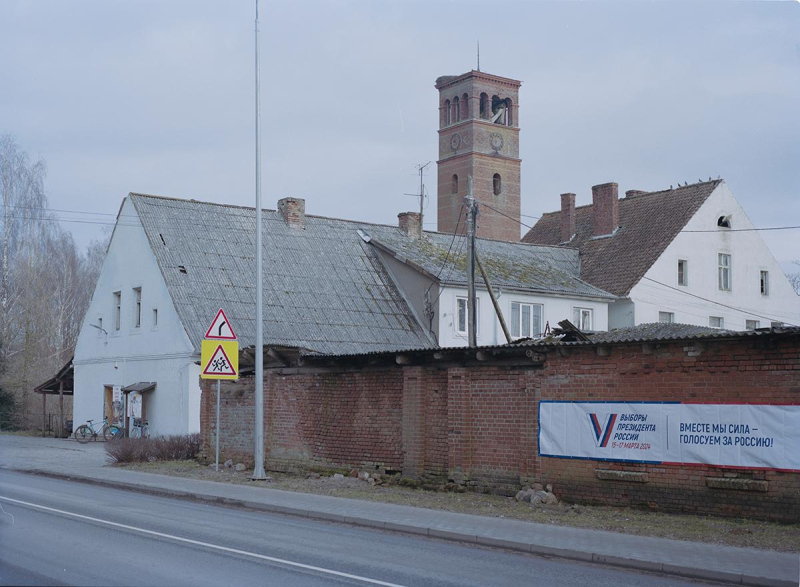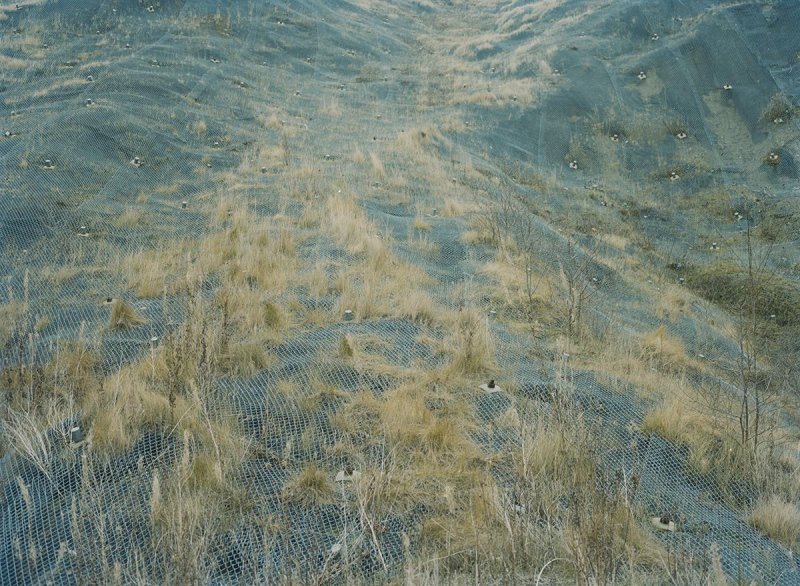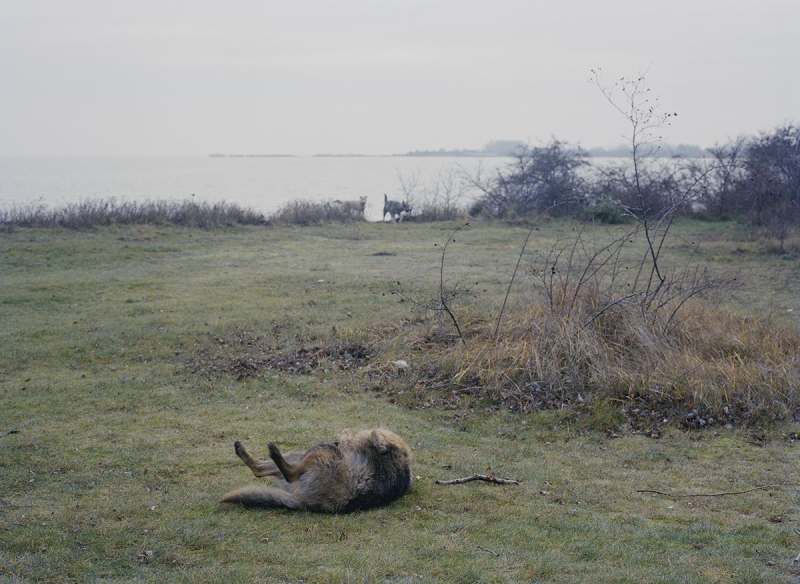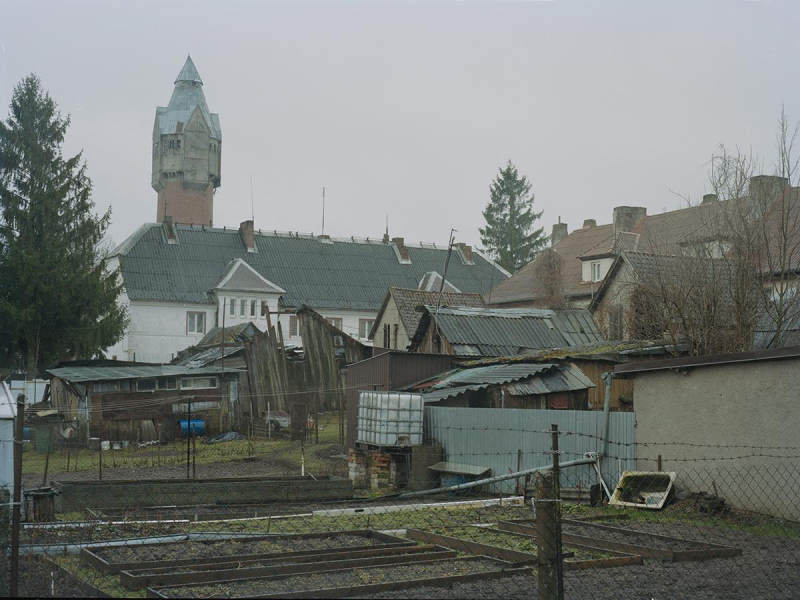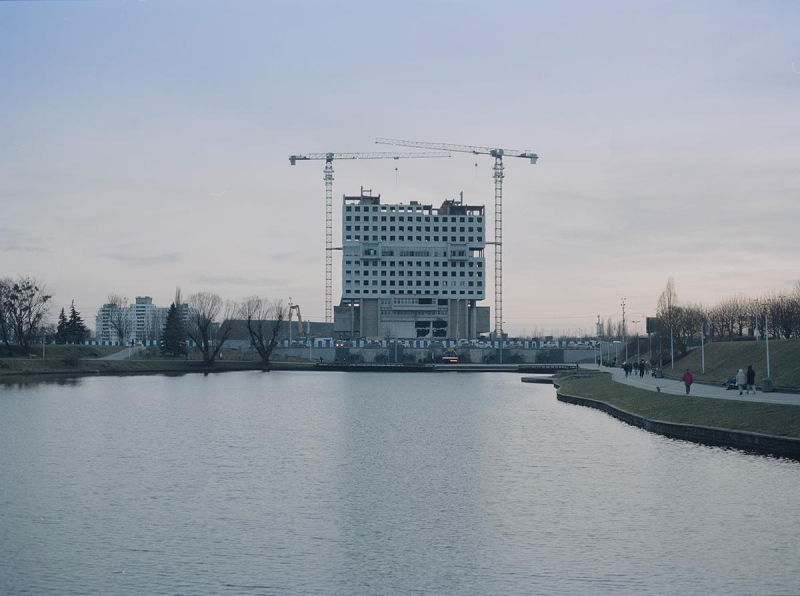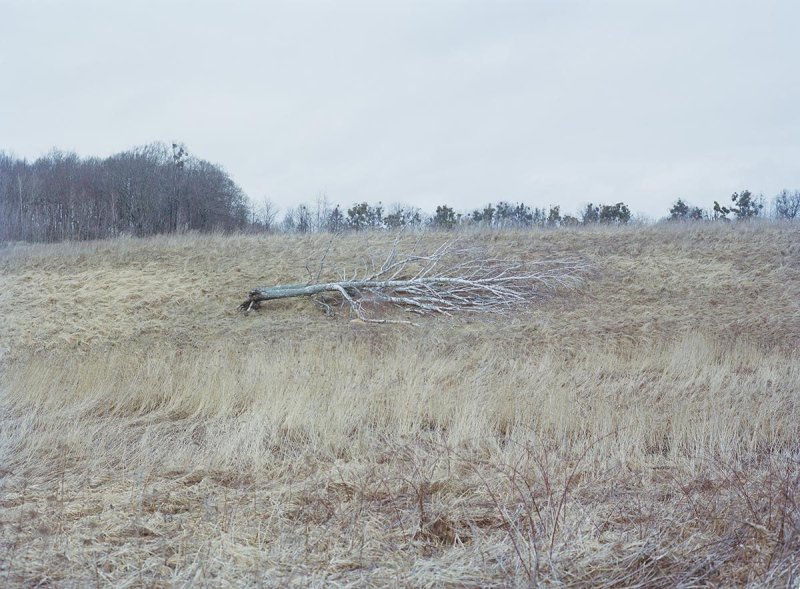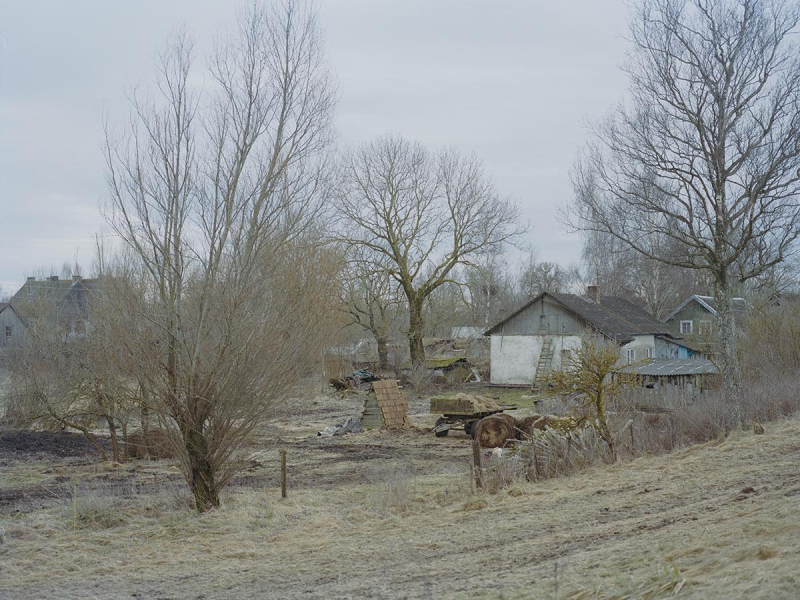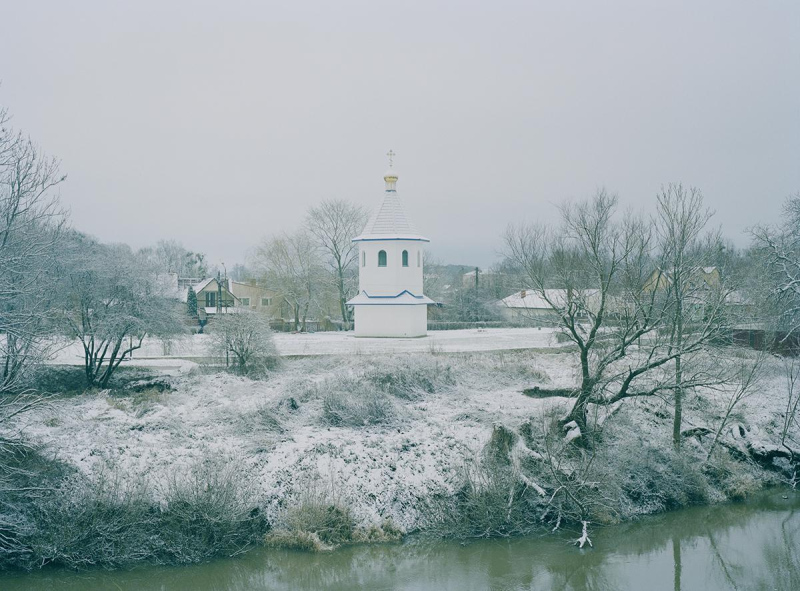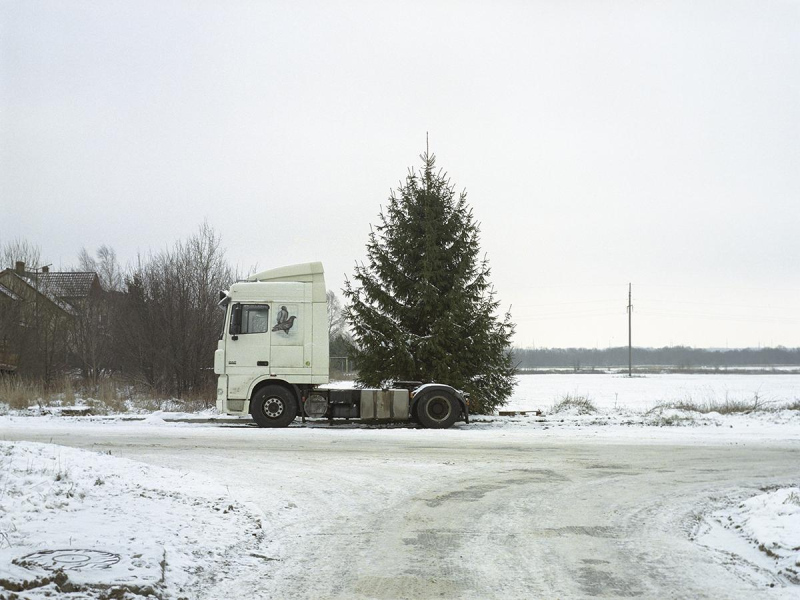-
-
Between autumn and spring (Work in progress)
2018 – ongoingThe Kaliningrad region is the westernmost territory of the country, located in Central Europe. It has no direct borders with Russia. Over its centuries-old history, this region has repeatedly changed its name and nationality: Prussia, the Teutonic Order, East Prussia, the Russian Empire, Germany and the Soviet Union. Different historical and socio-cultural contexts are intertwined here so intricately that they formed a special pattern. You can admire it, or you can try to decipher it and then the space removes the mask of provincialism and opens from a completely different side. Everything here is conducive to mystical duality - the fragility of perception. Europe and conventional "backyards", center and periphery, past and present, medieval architecture and modern buildings, forest-steppe and sea coast, Russia and the West - everything seems to exist simultaneously and yet does not exist at all.
The city and the region seemed to be frozen between the complete destruction of the German, the
final overcoming of the Soviet Union and the creation of something new. But this is not the
monochrome despair that often envelops small provincial towns. Rather, it is philosophical
melancholy. Like a mosaic in a dilapidated church of the 15th century, which served as a granary
during the Soviet era - a state of eternal off-season and a feeling of stopped time. Future and past
forcibly separated by a hazy present. But despite everything, people continue to hope for the better
and believe in miracles.Между осенью и весной (проект в разработке)
2018 — настоящее время
Калининградская область — самая западная территория страны, располагающаяся в Центральной Европе. У неё нет прямых границ с Россией. За свою многовековую историю этот регион неоднократно менял названия и государственную принадлежность: Пруссия, Тевтонский орден, Восточная Пруссия, Российская Империя, Германия и Советский Союз. Разные исторические и социокультурные контексты здесь переплелись так сложно, что образовали особый узор. Им можно любоваться, а можно пытаться расшифровать и тогда пространство снимает маску провинциальности и открывается с совершенно иной стороны.
Здесь всё располагает к мистической двойственности — зыбкости восприятия. Европа и
условные «задворки», центр и периферия, прошлое и настоящее, средневековая архитектура
и современные постройки, лесостепь и морской берег, Россия и Запад — всё существует как
бы одновременно и вместе с тем не существует совсем.
Город и область словно застыли между полным разрушением немецкого, окончательным
преодолением советского и созданием чего-то нового. Но это — не монохромное отчаяние,
часто окутывающее небольшие провинциальные города. Скорее — философская
меланхолия. Как мозаика в полуразрушенной кирхе 15 века в которой при Союзе было
зернохранилище — состояние вечного межсезонья и ощущение остановившегося времени.
Будущее и прошлое, насильственно разъединенные туманным настоящим. Но несмотря ни
на что, люди продолжают надеяться на лучшее и верить в чудеса. -
